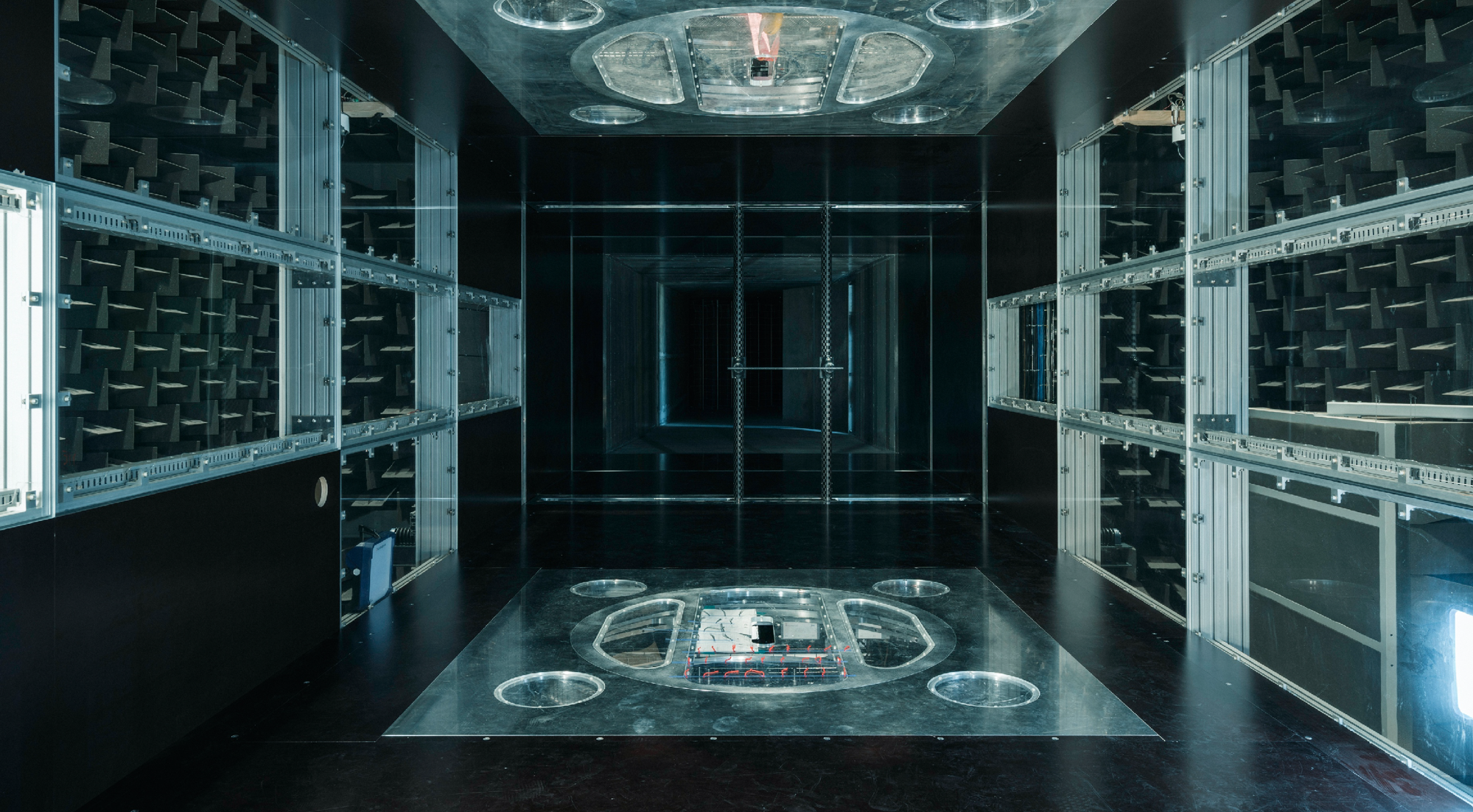Disciplines
- Aerodynamic rotor design
- Aerodynamic airfoil design
- Aeroacoustics
- Experimental aerodynamics and aeroacoustics
Our ambition is to improve the design of airfoils and rotors. Through research in aerodynamics and aeroelastic-tailored rotor design with combined passive and active control, we can contribute with new concepts to power the world with wind technology.

This section focuses on aerodynamic and aeroacoustic research based on modelling and experimental techniques. The research deals with fidelities ranging from engineering models to advanced aerodynamic models, facilitating Fluid Structure Interaction methods and multidisciplinary rotor design and investigation of new concepts in interaction with the industry. The new Poul la Cour Wind Tunnel, the Rotating Test Rig and the Research Turbine are integrated into our research.
Disciplines
Competences
Research area & applications
Christian Bak Professor chba@dtu.dk